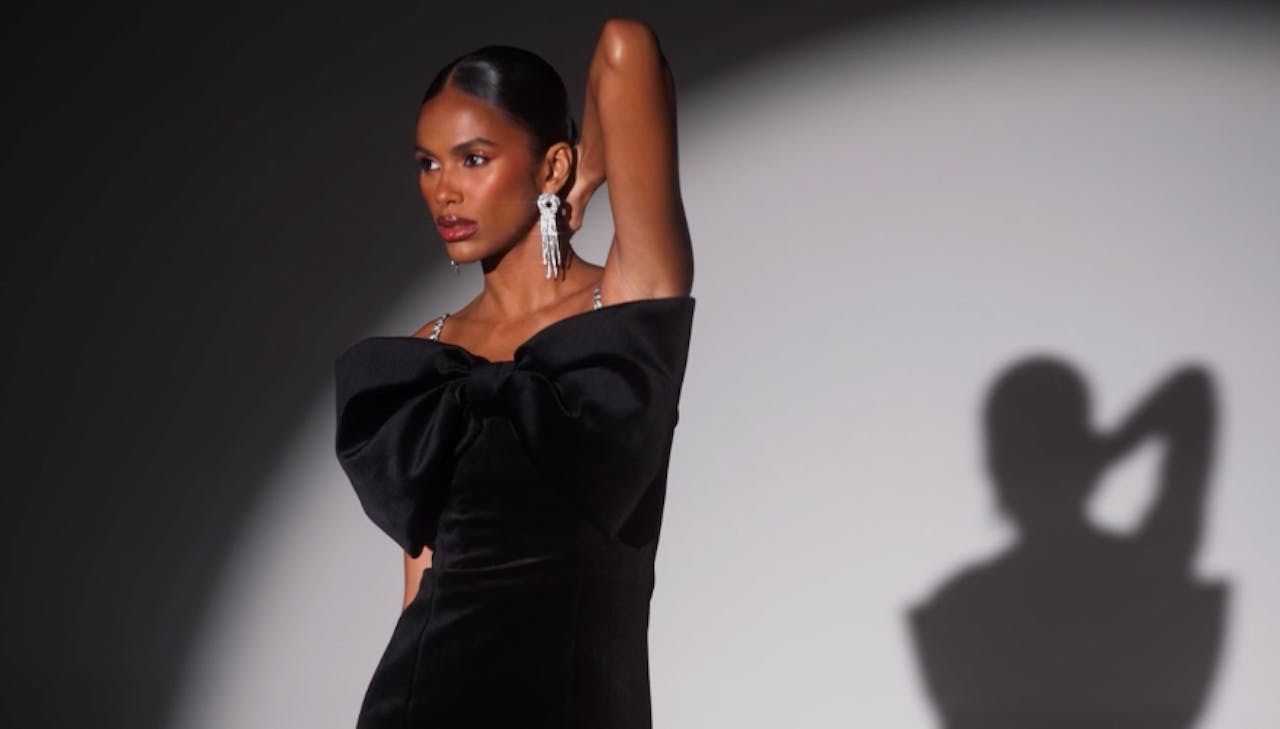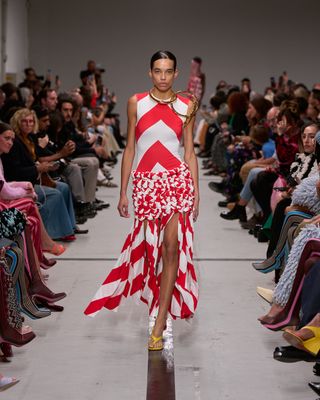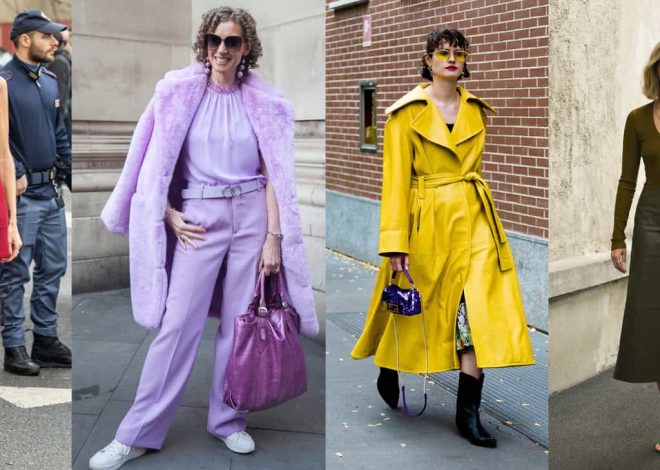
Direct-to-consumer challengers are still outplaying fashion’s stalwarts
Direct-to-consumer brands have shaken up the fashion industry with innovative, social-led marketing. For The Drum’s Fashion and Beauty Focus, Luke Jonas of Nest Commerce showcases the best examples.
The fashion industry is rightly famed for its innovative designs on the catwalk. However, it often falls short when it comes to digital marketing. Legacy retailers all too often adopt a rigid and defensive approach, relying on dated strategies that are seeing diminishing returns.
Or they did – until a new generation of direct-to-consumer (DTC) fashion brands came along and changed the game. These challengers have leveraged transformational digital strategies to outpace traditional retailers and build thriving businesses that are growing internationally. So, what can we learn from these brands’ disruptive approach?
Powered by AI
Explore frequently asked questions
1. Building true community
While many businesses want to invest in growing their audiences from the outset, many of these hustle-hard fashion brands have first focused on bootstrapping their businesses, growing their organic presence, and truly understanding their niche.
Nine-year-old Manchester athleisure brand Adanola has been making waves across the UK and now internationally and is listed as one of the Sunday Times 100 list of Britain’s 100 fastest-growing private companies this year. The brand successfully tapped into the booming ‘TikTok clean girl aesthetic’ with initial marketing focused on user-generated content (UGC) and a community organically wearing Adanola outfits.
After honing its product offering and overseeing organic growth, Adanola was better placed to then really invest in paid social to take the brand to the next level.
Advertisement
2. A genuinely full-funnel approach
Patience is another aspect that has divided the fashion winners from losers. This translates to a willingness to invest in long-term digital brand building to generate future demand, alongside driving immediate sales – often defined as ‘full-funnel marketing’.
This approach means a brand’s community is more pre-disposed to its ads, dramatically increasing the likelihood of sales when a person is ready to purchase. And, while fashion brand building used to be done via TV, glossy magazines, and billboards to reach younger audiences, now it must be done via Instagram and YouTube.
Our latest Readout report, which analyses global data from over 40 e-commerce brands, backs up this approach. Fashion brands investing in full-funnel strategies throughout the year saw a substantial 35% increase in return on ad spend (ROAS) between October and November 2023. This compares to performance-only strategies, which saw a mere 2% increase in ROAS during the same period.
3. Platform agnosticism
Unlike traditional omnichannel retailers, DTC challenger brands often have a more agile approach to marketing. They‘re not overly reliant on any single platform and can quickly adapt to algorithm changes. They’re also well-placed to react to the latest trends.
In contrast, many established retailers have been slow to evolve their strategies, relying too heavily on paid search and bottom-of-funnel tactics. This approach is increasingly challenged as audience growth has slowed, costs have risen, and returns have diminished.
Nadine Merabi is a good example of a brand that has embraced a more holistic strategy with a ‘funnel before channel’ approach that has paid dividends. The premium fashion label pioneered earned and organic growth with celebrity fans pictured stepping out in its garments, helped along by paid search.
However, a change to Instagram’s algorithm meant previously favored posts from followed accounts were supplanted by a discovery-led focus, with Reels prioritized. The brand quickly pivoted from spending on paid search to finding a reliable alternative to organic Instagram for brand-building activity.
This came via paid social and utilizing platforms like Reels. This strategic shift paid dividends, with Meta-driven revenue in the UK up by 48% year-on-year (YoY) in May 2024. Meanwhile, Google-driven revenue experienced a 19% YoY improvement, with search ads capturing the increased demand.
Advertisement
4. Creative storytelling
The shift towards video-centricity has created a sweet spot for creative formats supporting brand awareness, with savvy fashion DTCs leaping on the trend. After all, video allows fashion brands to tell richer stories, showcase their products in action, and create deeper connections with their audience.
This shift presents a prime opportunity for fashion companies to showcase their brand‘s unique aesthetic and style. By collaborating with the right creators, utilizing UGC, and employing creative storytelling, they can reach new audience segments.
Gen Z-focused fashion brand Organic Basics wanted to capture the attention of its target audience in the US market. It embraced UGC to meet the audience’s desire for authentic, lofi-style content.
The brand continuously tested different ads and creative formats across product lines and included cross-category product promotions to manage stock levels. This approach delivered dramatic results. Organic Basics experienced a 300% growth in advertising-driven US revenue, with US sales surging from 5% to 40% of total revenue.
The success of these challenger DTC brands lies not only in their products but also in their forward-thinking digital marketing strategies. By prioritizing community building, adopting a full-funnel, cross-channel strategy, and leveraging creative storytelling, they have been able to outpace traditional retailers. The true trendsetters in the industry.
The Drum’s fashion & beauty focus is so hot right now – check it out.
Suggested newsletters for you
Daily Briefing
Daily
Catch up on the most important stories of the day, curated by our editorial team.
Ads of the Week
Wednesday
See the best ads of the last week – all in one place.
The Drum Insider
Once a month
Learn how to pitch to our editors and get published on The Drum.


